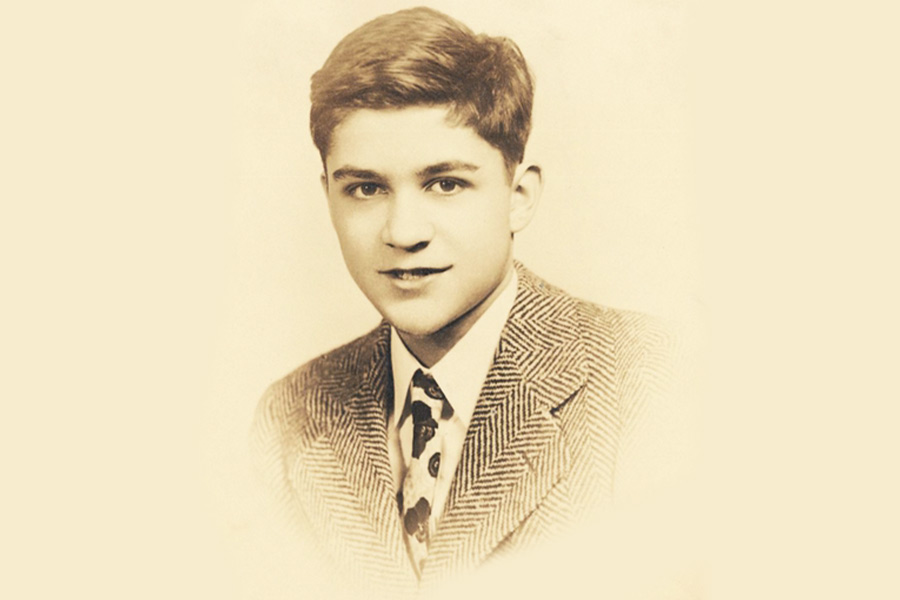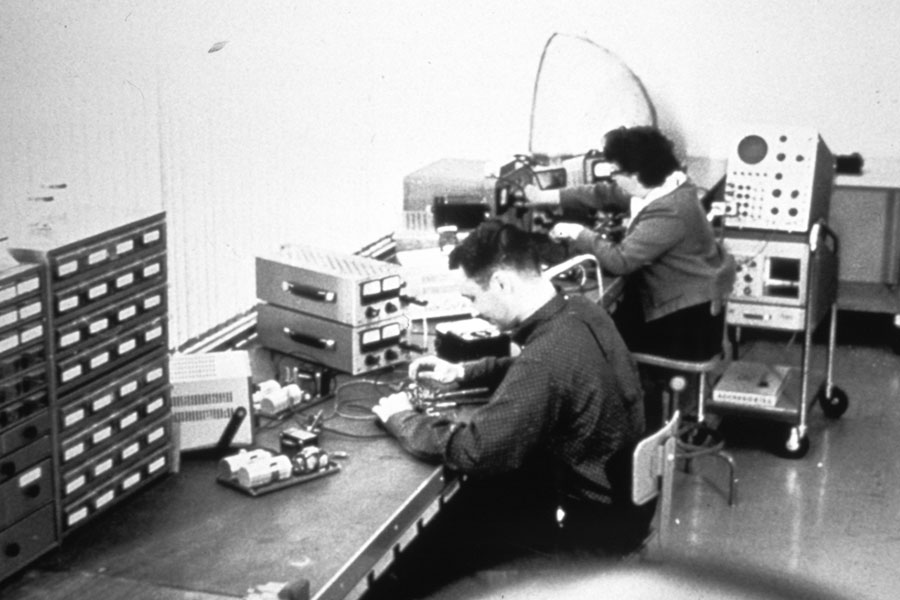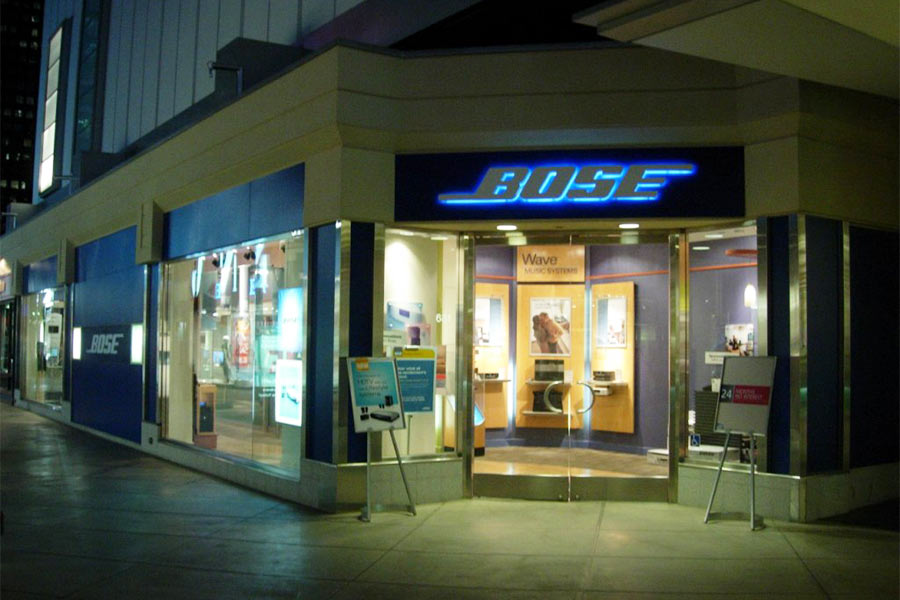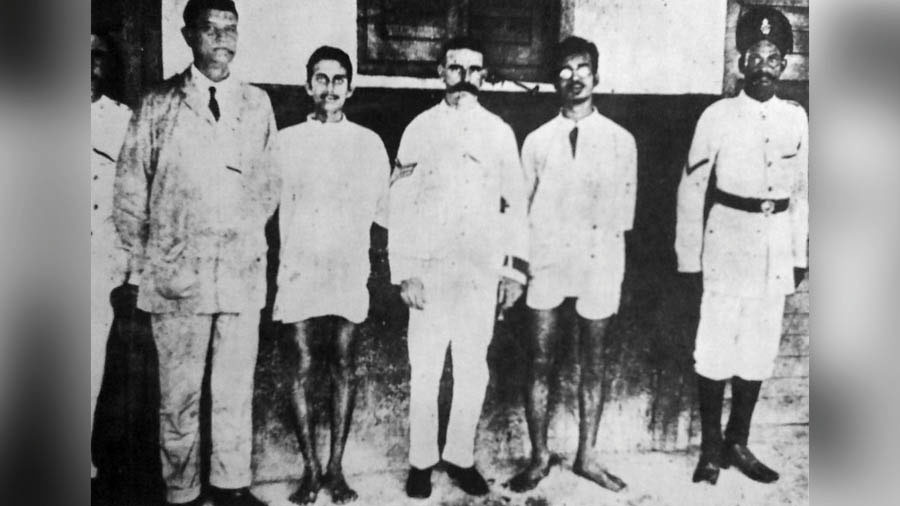Calcutta in the 1920s — a hotbed of the freedom struggle. A procession of students marches down the posh locality of Elgin Road, shouting incendiary slogans. They also distribute pamphlets, calling for the citizenry to rise up in revolt and overthrow the British regime. The explosive content of the pamphlets catches the eye of Lalbazar Police HQ. A hunt is on for the author of the piece.
This was by a young man by the name of Noni Gopal Bose. Ironically, Noni Gopal wasn’t particularly involved in the freedom struggle. A meritorious student, he was more interested in preparation for his university exams. But fate dealt him a cruel hand right then. Noni Gopal was arrested and charged with sedition. His future lay in tatters.
A life turned upside down
A few days later, Noni Gopal was being transferred in a prison van also carrying some prisoners imprisoned for armed violence against the British. The van was attacked in transit to free these prisoners and Noni Gopal also fled with them. However, the cops now launched a manhunt for him all over the city and his family, realising a recapture would probably bring a worse fate, managed to smuggle Noni Gopal to Madras.
From Madras, Noni Gopal boarded a ship to USA. He did not have a passport and had barely $5 on him. He arrived in Philadelphia where he was lucky to make the acquaintance of local Ghadar Party representatives, who arranged a temporary shelter for him and also found work for him as a salesman.
It was in Philadelphia that Noni Gopal met an American woman named Charlotte, of French and German ancestry, with a deep interest in the Vedas and Hindu philosophy. The two fell in love and soon got married. On November 2, 1929, the couple was blessed with a boy whom they named Amar Gopal. From a very young age, Amar showed a sharp interest in mechanical devices. It started off with repairing electric toy trains and such other stuff of his friends which allowed him to earn some pocket money.
An ingenious plan
When, in the aftermath of the Pearl Harbor bombing, the US joined the WWII in full earnest, a 13-year-old Amar Bose, with the help of a few friends, was running a business of repairing radio sets and electronic toys from the basement of the Bose family. During the war years, Amar’s radio repairing business was the biggest in scale in the area where the family stayed. A bright student, Amar had thought up an ingenious plan to augment his business. As a salesman, his father visited many stores in the city. In all such stores, a sign was put up for his radio repair service. All faulty radio sets deposited were picked up by Noni Gopal and brought home where Amar repaired them. The store earned 10% of the billed amount for every set such serviced!

A young Amar Bose boseapac.com
After graduating from high school, Amar Bose joined the Massachusetts Institute of Technology (MIT) from where he graduated as a bachelor in electrical engineering, in the early 1950s. He followed it up with a master’s and doctoral degree — all from MIT, before joining the institute as faculty in 1956.
The same year, Amar Bose bought a set of high-priced speaker system, but was left utterly disappointed to find that despite impressive technical specs, the speakers completely failed to reproduce the live performance effect. This was the genesis of his groundbreaking research work that would culminate in the invention of a stereo loudspeaker system that would authentically reproduce the sound of a live concert in a home setting.
Groundbreaking products
In 1964, Amar Gopal Bose set up the Bose Corporation, which, over the years, came to be synchronous with the business of sound. Bose’s obsession with improving the quality of sound led to the introduction of a number of groundbreaking products like the 901 speaker system, the 601 series I, II and III floor-standers, the Acoustimass cubes with module HT systems and the legendary Bose 301 bookshelf models. He never made the company public; arguing that only way Bose Corp would be able to invest in high-end futuristic R&D was by remaining private.

Early days at the Bose lab boseapac.com
In an interview to Science magazine in 2004, Bose has said, “I would have been fired a 100 times in a company run by MBAs. But I never went into business to make money. I went into business so that I could do interesting things that hadn't been done before.”
Although the head of a major corporation, Bose remained a faculty at MIT till 2001. In 2011, he donated majority of the non-voting shares of Bose Corp to MIT on the condition that the shares would not be sold. It was Bose’s tribute to his alma mater to ensure that R&D work at the institute had a major funding source.
Amar Gopal Bose passed away on July 12, 2013. The company he founded, today employs more than 7,000 people and in FY2021 had revenues to the tune of US$ 3.2 billion.
And to think that it all begun with a seditious pamphlet in distant Calcutta.


